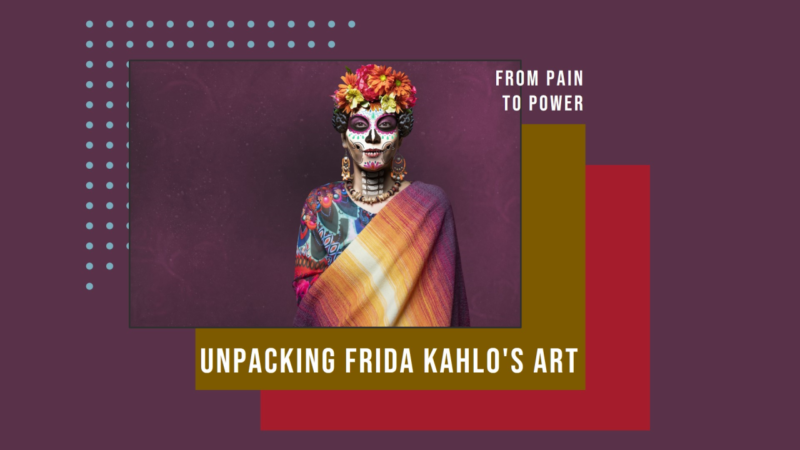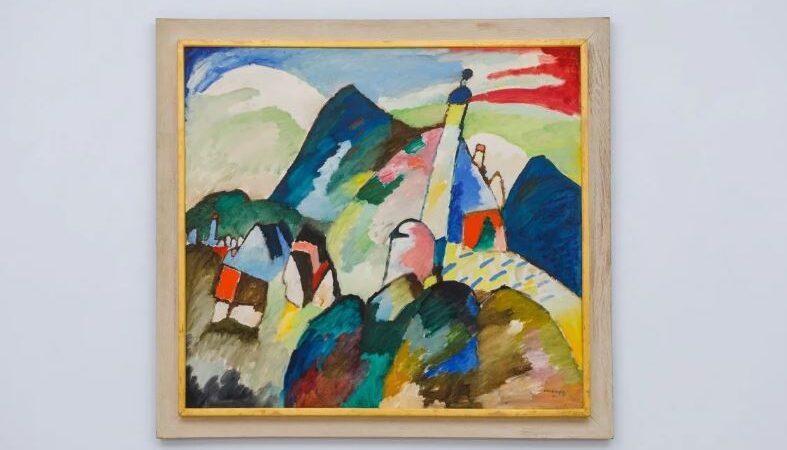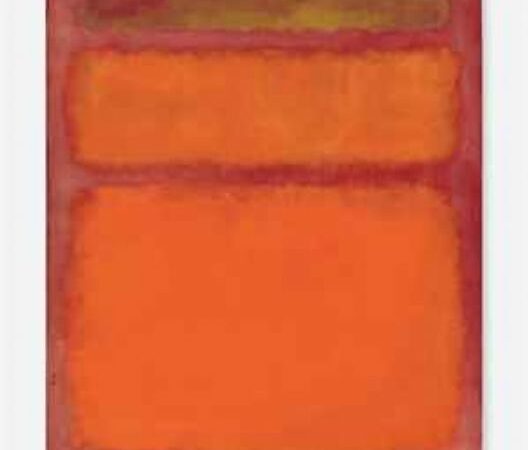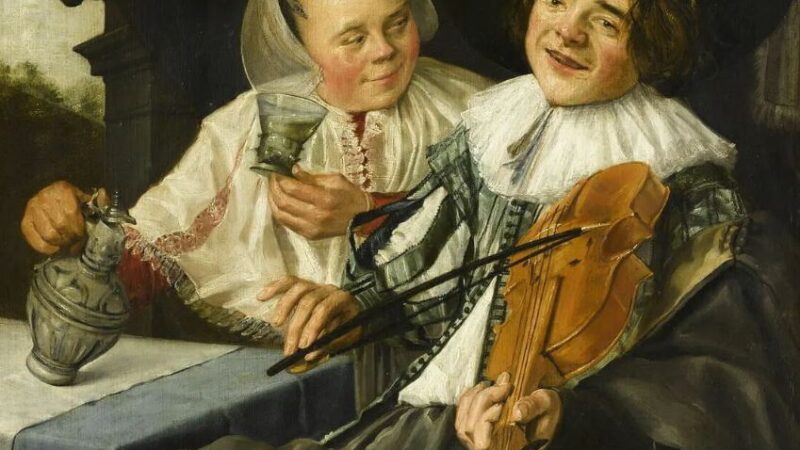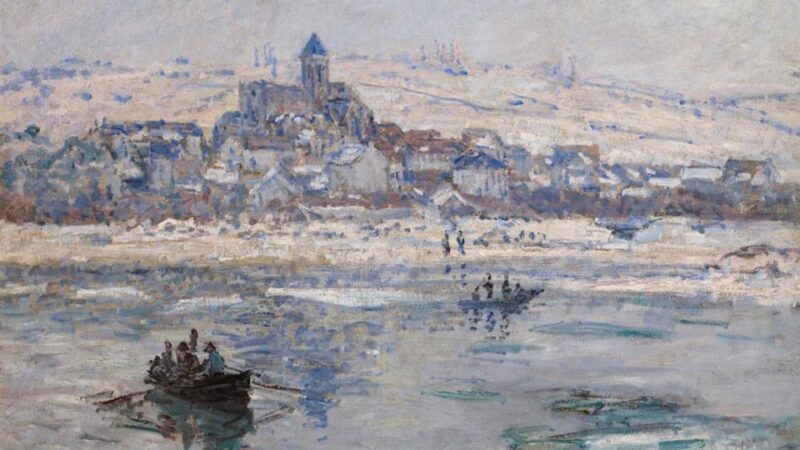The intersection of artistic merit and cultural patronage finds eloquent expression in this year’s Norval Sovereign African Art Prize. As the auction at Strauss & Co approaches its conclusion, discerning collectors have a final opportunity to engage with works of significant contemporary relevance.
What distinguishes this selection is its rigorous curatorial process. Each digital work represents not merely an aesthetic achievement, but a considered statement within the broader discourse of contemporary African expression. Selected by a panel of independent art professionals, these pieces have withstood critical scrutiny both within institutional settings and through public engagement at the Norval Foundation in Cape Town.
The Schroders sponsorship of this initiative reflects a matured approach to cultural patronage. By directing proceeds equally between the artists and the Foundation’s Learning Centre, this structure acknowledges both the immediate needs of cultural producers and the long-term sustainability of African artistic practice through education.
For collections with serious intent, these works offer important documentation of current artistic movements across the continent and diaspora—reference points that will, in time, provide valuable insights into this period of digital media exploration within specific cultural contexts.
Explore the vivid universe of Frida Kahlo, an artist from Mexico whose self-portraits are both mesmerizing and deeply emotional. Delve into the complex symbolism she uses and discover the impactful narratives she communicates through her painting technique. From the lively hues to the concealed significance, Frida Kahlo’s art is a brilliant creation ready to be examined. Decipher the enigmas of her world and find motivation in her strength and creative brilliance.
On Wednesday, Sotheby’s unveiled a early abstract painting by Wassily Kandinsky that had recently been restituted to its original German-Jewish owners ahead of its London sales next month. The work, expected to fetch a price around $45 million, will be auctioned during its Impressionist and modern art evening sale taking place March 1.
Mystic reverie, religious contemplation, meditative ecstasy, color intoxication, atmospheric levitation, enigmatic bliss… It’s difficult to find a word, a concept or an idea to describe the works of Mark Rothko. They impose themselves, they are contemplated passively and they absorb us completely. The spectator is struck by the large fields of color, their gaze is bewitched without the mind being able to understand or clearly identify the visual emotion aroused…
Francis Bacon (1909–92) was a maverick who rejected the preferred artistic style of abstraction of the era, in favour of a distinctive and disturbing realism. Growing up, Bacon had a difficult and ambivalent relationship with his parents – especially his father, who struggled with his son’s emerging homosexuality.
‘The only function of economic forecasting is to make astrology look respectable,’ the economist John Kenneth Galbraith once said. With that caveat in mind, here are my predictions about the biggest issues for the art world in the year ahead.
The arrival of a major international art fair, with blue-chip exhibitors tapped to participate, typically means that a locale’s art market has reached a certain inflection point. What dealers think about the new art fair says a lot about their expectations, how the art market is changing, and where collectors are located.
For more than a century, the Judith Leyster painting now at the Louvre was thought to be by Frans Hals. The misattribution wasn’t completely misguided—The Carousing Couple (1630) shows a loosely painted violinist reveling with a woman who tips her glass and smiles in his direction, precisely the jolly types that the Dutch Golden Age artist was wont to paint. But it was also exactly the kind of image produced by Hals’s peer, an artist who flourished in her lifetime and was then forgotten, even though her signature was always right there on her canvases and panels.
South Korea’s Ministry of Culture, Sports, and Tourism said that the National Museum of Modern and Contemporary Art (MMCA) in Seoul, the top modern art museum in the country, made suspect financial last year. The findings were uncovered during an internal audit the agency conducted between October and December of last year.
Claude Monet moved his family from Argenteuil, a northwestern suburb of Paris, to Vétheuil, a commune on the Seine some 60 kilometers northwest of the city, in 1878. His wife died a year later, but Monet’s creative process continued to flourish in his new surroundings, expanding his oeuvre as a landscape painter.

